
Psilocybin Cubensis Proprietary Blend
Our proprietary blend of psilocybin cubensis mushrooms consists of four different phenotypes. We believe a blend creates a product with a broader spectrum of all the present compounds. Many of which are still being discovered and it will be some time before we truly understand them in depth. CBD, CBG, amd CBN found in cannabis is a fabulous example of compounds being present in a natural medicine that were just recently brought to light. As research continues we will be constantly working to improve our formula to create a better and more versatile line of products. Our first phase of product consists of Albino A+, Texas Penis Envy, Hillbilly, and Malabar psilocybin cubensis phenotypes. All of our mushrooms have been fully tested by an OHA accredited laboratory and the test results can be seen at the link below.
14 Mushroom Blend
- Reishi (Gamoderma Lucidum)
- Cordyceps (Ophiocordyceps Sinensis)
- Chaga (Inonoyus Oblicus)
- Mesina (Phellinus Linteus)
- Lion’s Mane (Hericium Erinaceus)
- Turkey Tail (Trametes Versicolor)
- Maitake (Grifola Frondosa)
- Shitake (Lentinula Edodes)
- Agaricus Blazei (Agaricus Subrufescens)
- Poria (Wolfiporia Extensa)
- Agarikon (Larici Fomes Officinali)
- Suehirotake (Schizophyllan Coma)
- Oyster Mushroom (Pleurotus Ostera)
- True Tinder Polypore (Fomes Fomentarius)
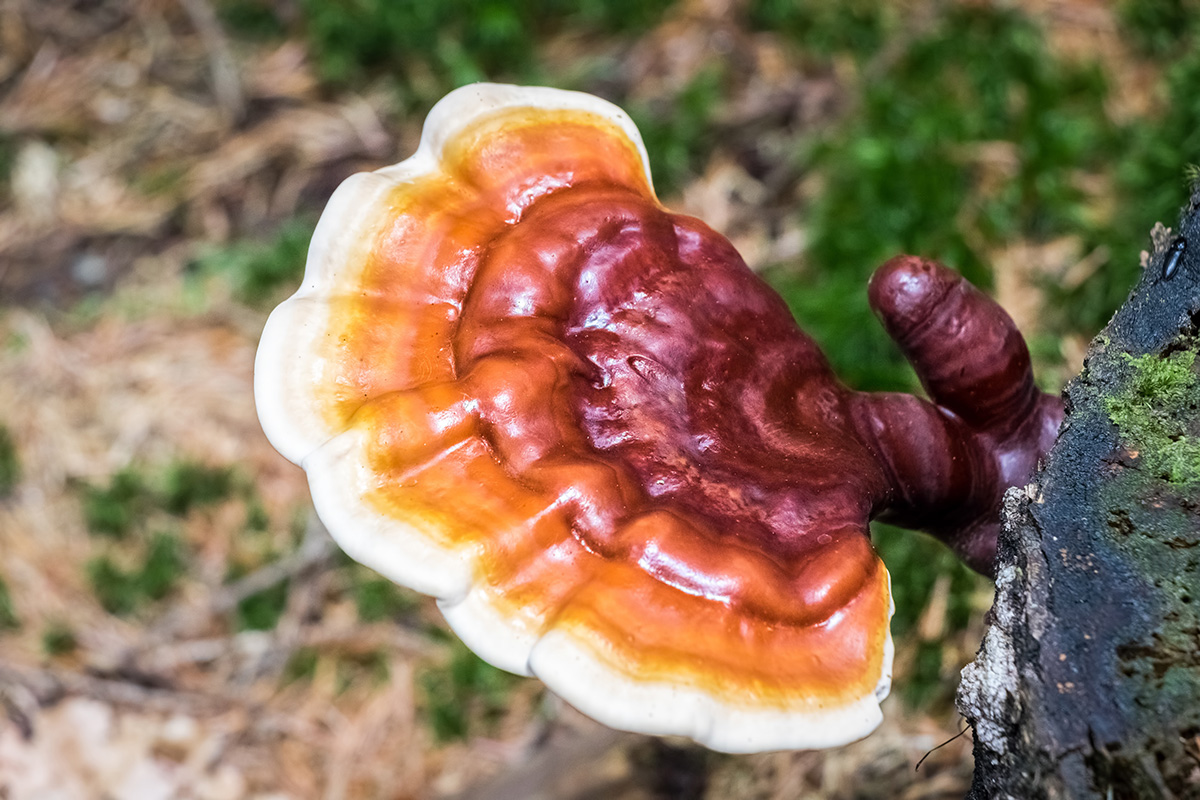
Reishi (Gamoderma Lucidum)
Ganoderma lucidum has a rich history of use for bolstering health and longevity in China, Japan, and other Asian countries. It is a larger, darker-than-average mushroom that has a glazed sheen and looks remarkably like wood. In Latin, lucidus means “shiny” or “brilliant” and refers to its glistening appearance. In China, G. lucidum is called lingzhi, whereas in Japan the name for the Ganodermataceae family is reishi or mannentake. They can typically be found at the base or stump of dead harun trees.
Lingzhi in Chinese symbolizes a balance of spirituality and immortality, and is regarded as the “herb of spiritual potency,” a boon of great success, general well-being, divine power, and longevity. Among cultivated mushrooms, G. lucidum is unique in that its pharmaceutical application far exceeds its nutritional benefits. Commercial G. lucidum products are available in a variety of forms, such as powders, dietary supplements, and tea; each produced from every part of the mushroom, including its spores, fruit body and mycelia. Applications and health benefits of lingzhi include modulation of the immune system, control of blood glucose levels, hepatoprotection, bacteriostasis, and more.
Cordyceps (Ophiocordyceps Sinensis)
Ophiocordyceps sinensis, a genus of ascomycete fungi, is found growing in the Tibetan Plateau and neighboring regions, including China, Nepal, Tibet, and India. This unique species parasitizes mainly on insects and other arthropod needle-like mushrooms often found with its root encased in the exoskeleton of a dead caterpillar. The presence of nucleosides, polysaccharides, sterols, steroids, and other bioactive compounds of O. sinensis make ideal for replenishing kidney function, treating fatigue, hyperglycemia, hyperlipidemia, hyposexualities, renal failure, arrhythmias, and other heart diseases, and liver disorders.
The fungus has also provided reliable results in different organ malfunctioning by moderating the cytokines, chemokines, and oxidative stress induced protein levels which are involved in several human malignancies. Extensive clinical tests have shown promising adversarial qualities towards certain cancers.

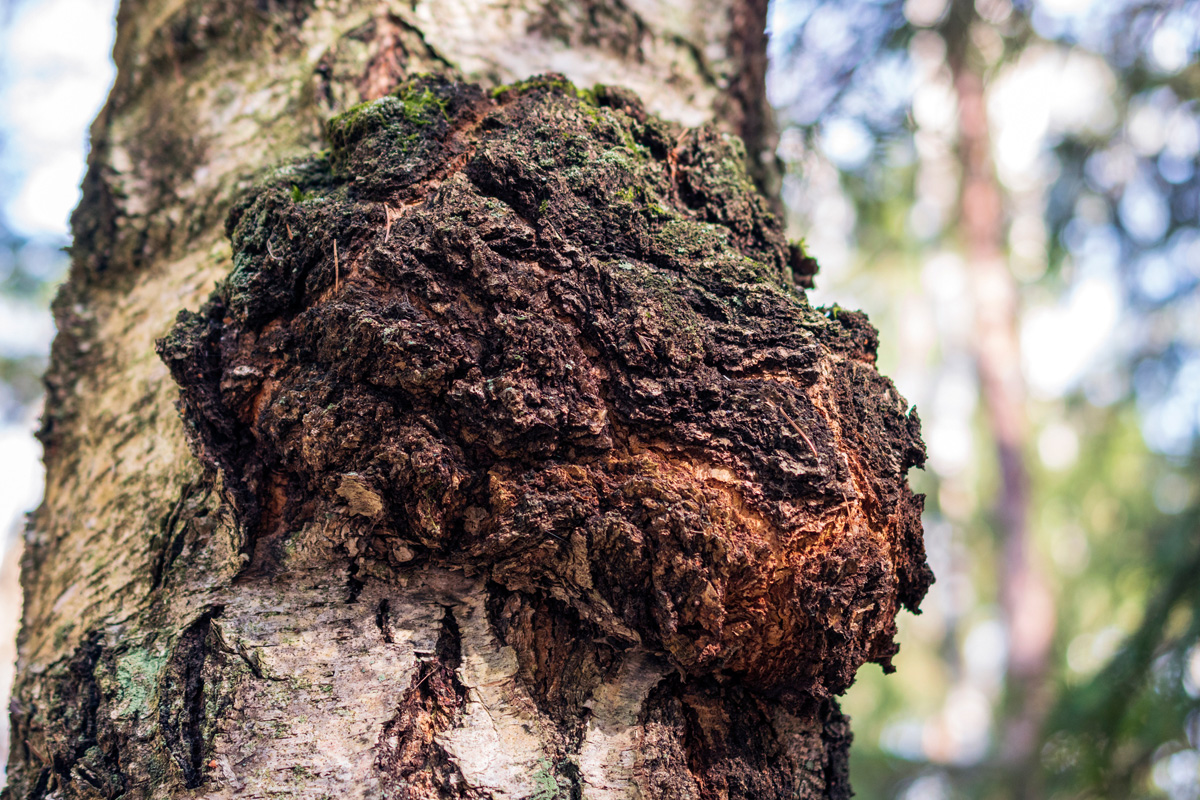
Chaga (Inonoyus Oblicus)
The Chaga mushroom (Inonotus obliquus) is a type of fungus that thrives primarily on the bark of birch trees in colder climates, most notably Northern Europe, Siberia, Russia, Korea, Northern Canada and Alaska. You might hear it referred to by other names, such as black mass, clinker polypore, birch canker polypore, cinder conk and the sterile conk trunk rot (of birch).
Chaga produces a woody growth (or conk) which looks similar to a clump of burnt charcoal roughly 10–15 inches (25–38 centimeters) in diameter. However, the inside reveals a soft core with an orange hue. Despite being rather grotesque in appearance, the chaga mushroom is rising in popularity across the Western world for its presumed health benefits. The average cup of tea made from chaga contains plentiful antioxidants.
Chaga has been used as a traditional medicine in Russia and other Northern European countries for centuries to boost immunity and overall health and more specifically has been used to treat diabetes, certain cancers and heart disease. It is worth mentioning that accurate and reliable information on chaga’s nutritional content is extremely limited.
Mesina (Phellinus Linteus)
Phellinus linteus feasts on the wood of several types of trees, including mulberry, and produces a woody, perennial fruiting body shaped strikingly like a hoof. It grows wild across much of the world, and is a deeply ingrained part of traditional folk medicine in parts of Asia. Its common name in English is the descriptive “black hoof,” but English speakers will know it better by its scientific name, or with one of the Asian names. The mushroom is “sanghwang” in Korea, “sanghyang” in China, and “meshimakobu” in Japan (or “mesima” for short).
The fruiting body is woody in texture and it can’t be eaten without preparation. Traditionally, it was made into tea, but is notoriously too bitter to enjoy the experience. Tinctures and other extracts have been widely used but are often much more bitter than the fruiting body. Many people today prefer to take the mushroom as a powder that can be mixed in with food or put into capsules (a good time to mention EVO-ONE capsules!)
Much research is currently being done into the full medicinal properties of the fungus which continues to surprise with its range of benefits.
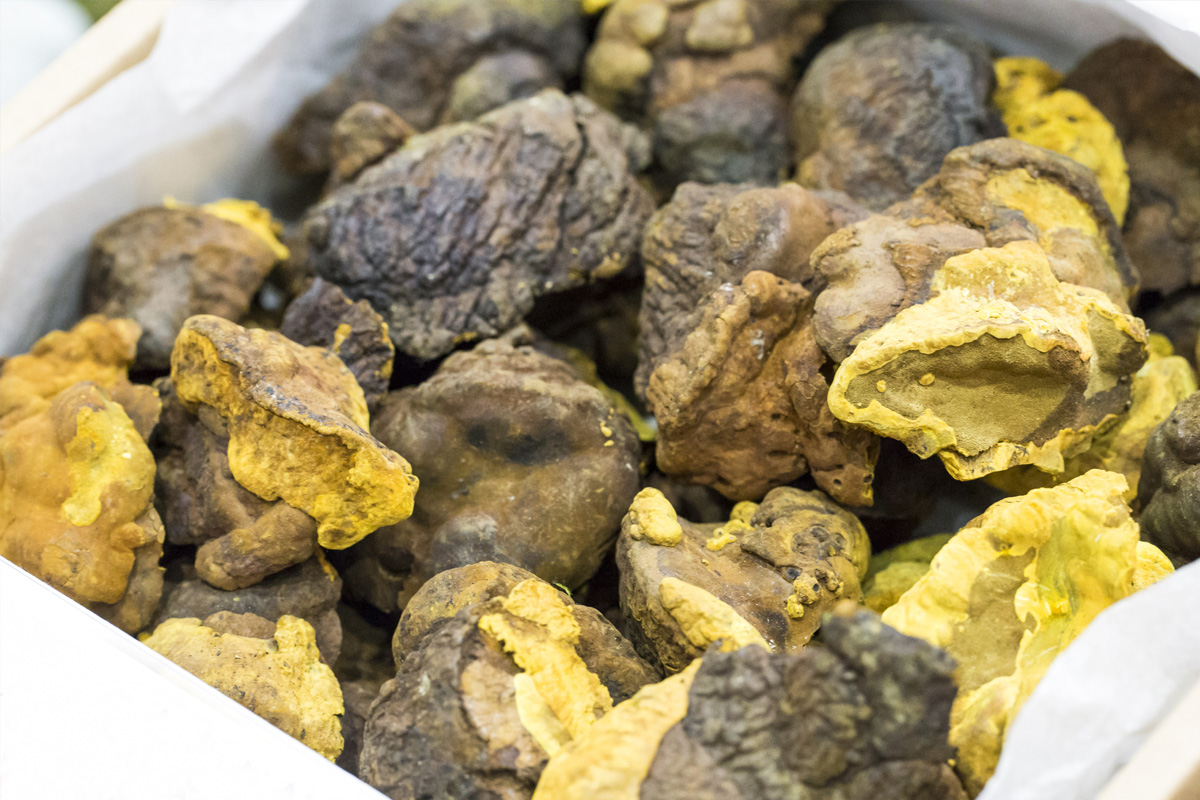
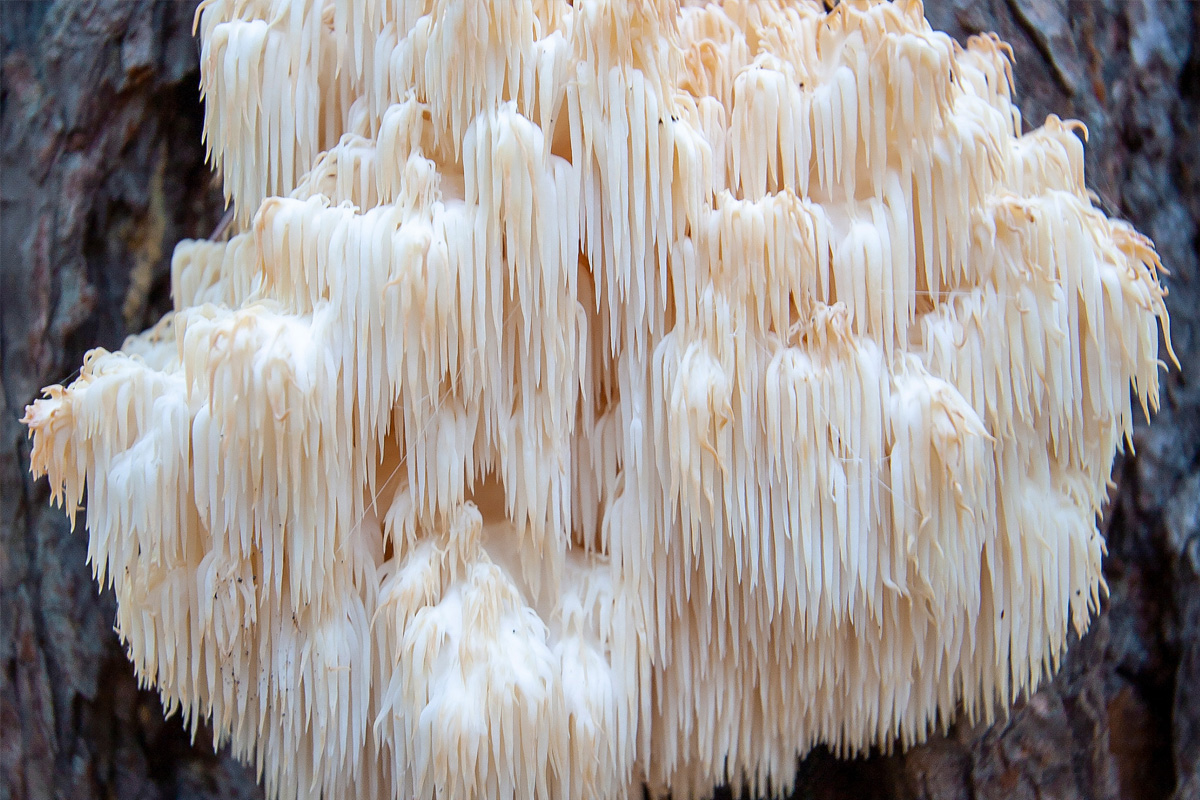
Lion’s Mane (Hericium Erinaceus)
Lion’s mane (Hericium erinaceus) is a mushroom that grows on trunks of dead hardwood trees such as oak. It has a long history of use in East Asian medicine and is relatively well known worldwide; you’ll likely be no stranger to the name. There is strong evidence that Lion’s mane has a range of benefits, such as improving nerve development and function – even repairing nerve damage in some cases, and appears to help protect the lining in the stomach.
Contemporarily, people have been using Lion’s Man to help prevent or even treat Alzheimer disease and dementia, but further research is being done to gather evidence that supports these uses. However, trials do show it has the ability to reduce mild symptoms of anxiety and depression and boasts strong anti-inflammatory, antioxidant and immune-boosting abilities which have been shown to lower the risk of heart disease, cancer, ulcers and diabetes in animals. There is certainly a promising future for this white marvel.
Turkey Tail (Trametes Versicolor)
The medicinal mushroom Turkey Tail (Trametes versicolor) can be found all through the year, but is easier to seek out in the winter when deciduous trees drop their leaves. This fungus grows in various forms primarily on dead hardwood, seemingly preferring stumps and dead trees as well as branches that have parted from the tree. Some specimens are more vivid in color than others, but they all share the same nutritional and medicinal traits. It’s plentiful across Britain and Ireland, mainland Europe, from northern Scandinavia right down to the Mediterranean region. This wood-rotting fungus is also found in Asia and is very common in North America.
Turkey Tail is often prepared as a powder from the fungal mycelium and the fermented substrate on which it grew. While not poisonous, these bracket fungi are far too rough and dense in texture to be considered edible. Rather, the main use can be found in Chinese medicine, where its powerful antioxidants and other compounds naturally boost the immune system, and recent trials have shown it to help fight certain cancers. In addition, Turkey Tail may improve gut bacteria balance, which also boosts immunity.
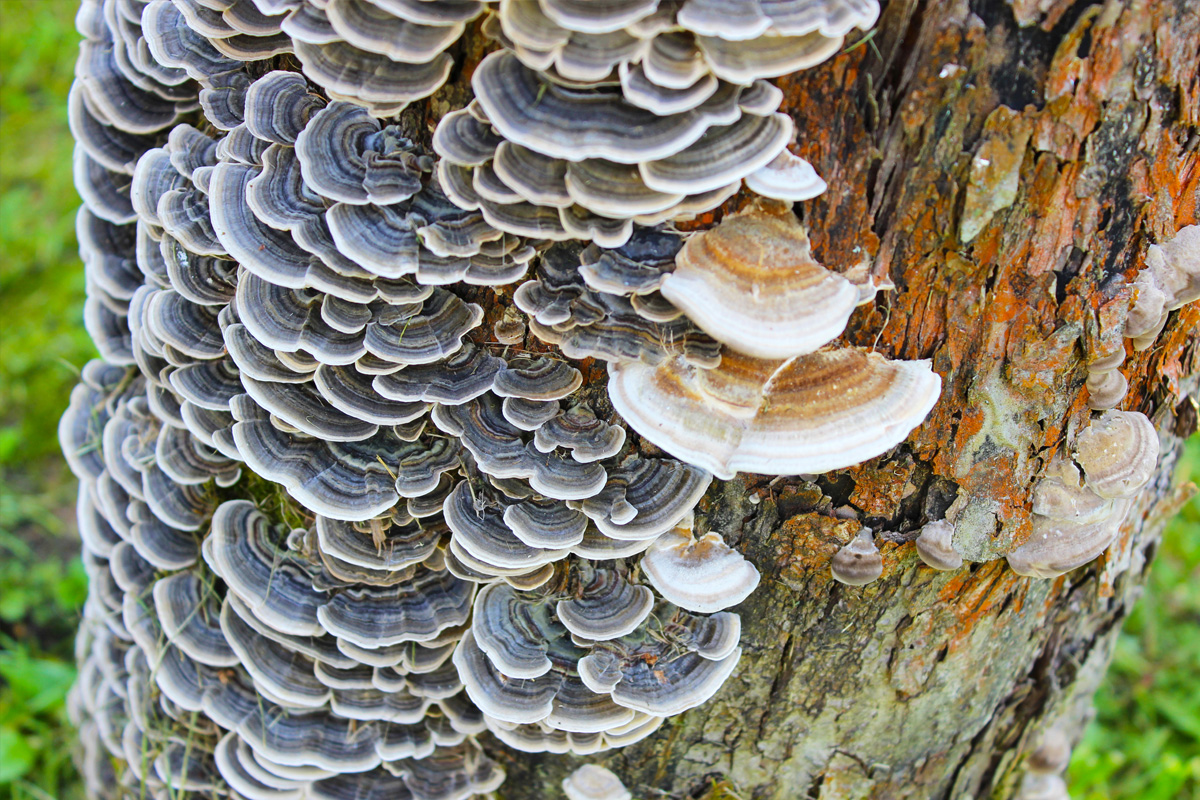

Maitake (Grifola Frondosa)
Japan was one of the countries that first started the artificial cultivation of Maitake (G. frondosa) in the mid-1980s. This highly consumed Basidiomycetes fungus belongs to the family of Grifolaceae and the order of Polyporales. “Maitake” is the name the Japanese attribute to its edible fruiting body. Japan’s specific climate is suitable for the growth of G. frondosa, similarly, the temperate forests in eastern North America, Europe and Asia offer plenty of opportunities for its growth in the wild. Meanwhile, it is a common mushroom in the United States and Canada, known as sheep’s head, king of mushrooms, hen-of-the-woods, and cloud mushroom.
Maitake is edible and is regarded as a healthy food because it is a good source of vitamin D2 , protein, carbohydrates, dietary fiber, and various minerals. It is among the most delicious culinary mushrooms, with a sweet and umami taste due to a high trehalose, glutamic and aspartic amino acid content. High nutraceutical value aside, Maitake is reported to possess a wide range of pharmacological effects. Major bioactive components were found to be β-glucans such as D-fraction, a β-glucan complex with about 30% protein. D-fraction has been widely studied and gradually developed into commercially available complementary medicines and healthcare products possessing various bioactive effects such as immunomodulation, antitumor, antiviral, antidiabetic and anti-inflammation.
Shitake (Lentinula Edodes)
Lentinula edodes – more commonly known as Shitake – is a famously edible wild mushroom. Native to Eastern Asia, it grows in the deciduous forests in humid, warm climates. The shiitake name comes from the Japanese term “shii” that suggests oak and the term “take” that means mushroom. It has a golden or dark brown umbrella-shaped cap with plumed veils, tan gills, and a smooth, fibrous, light brown stipe. Shitake thrives from spring to late summer or early fall and is easily the most popular edible and intensively consumed mushroom throughout China and Japan, where it has been used for thousands of years in the culinary arts. The rest of the world is catching up, with Europe and the US making it a staple of healthy eating.
Shitake’s health benefits are tied to its plentiful nutrients, containing eight essential amino acids as well as thiamin, riboflavin, niacin, and dietary fiber and enzymes. They also contain ergosterol, which can be converted by sunlight into vitamin D. So, in terms of naturally boosting immunity, Shiitake can be an excellent addition to a healthy and balanced diet.
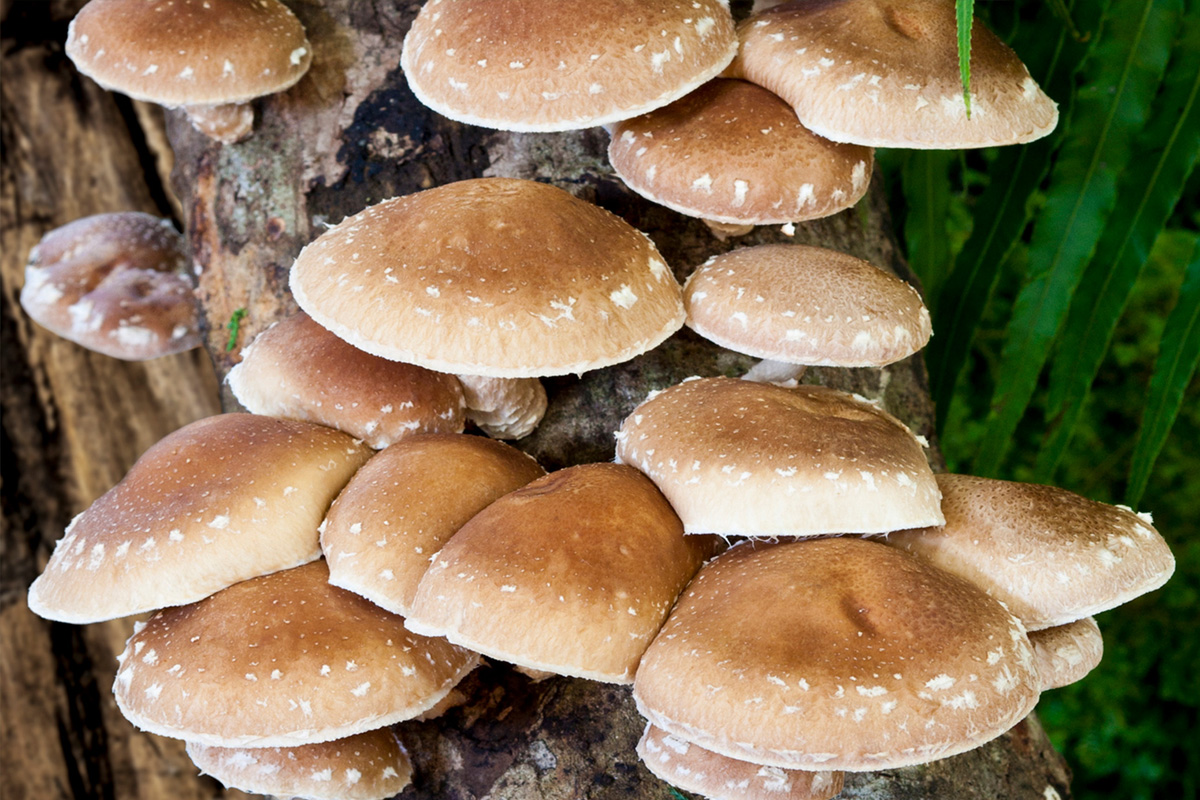
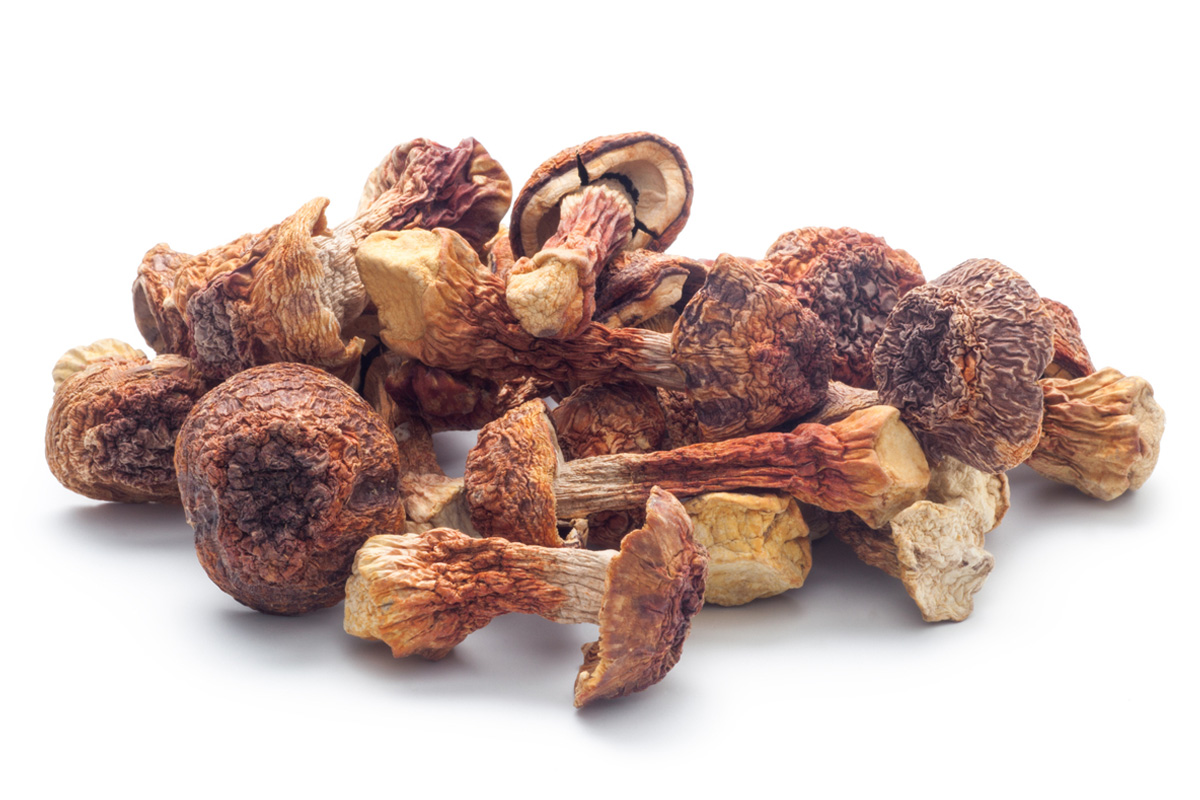
Agaricus Blazei (Agaricus Subrufescens)
Agaricus blazei Murrill, known as Himematsutake in Japan, is an edible mushroom originating from the rainforests of Brazil, recognizable by its fleshy cap or pileus, its underside with radiating plates or gills. They are distinguishable from other members of the Agaricaceae family, by their chocolate-brown spores. While it is used in gourmet cooking from east to west, its culinary appeal is matched – or perhaps outweighed – by its health benefits when used in a concentrated form.
Traditional medicine and as health food for the prevention of a range of diseases, including infection, allergy, and cancer. Other scientists and we have examined whether there is scientific evidence behind such postulations. Agaricus blazei M is rich in the immunomodulating polysaccharides, β-glucans, and has been shown to have antitumor, anti-infection, and antiallergic/-asthmatic properties in mouse models, in addition to anti-inflammatory effects in inflammatory bowel disease patients.
Poria (Wolfiporia Extensa)
Used as a Chinese traditional medicine for 2000 years, the Poria cocos – an edible fungus family of Polyporaceae – is an edible mushroom that takes the appearance of a small coconut, and can be found feasting on decayed wood across Asia . Those native to East Asia might be more familiar with its Chinese names, “Fuling”, “WolfiPoria Extensa” or “China Root”. The mushroom has a long history in China, having been used to make delicacies for members of the royal family for centuries.
The Poria hosts natural bioactive substances like polysaccharides and triterpenoids that promote good health, notably enhancing the immune system and providing strong antioxidant benefits. Long has it been used to promote urination, vivify spleen function, and relieve anxiety. Biochemical and pharmacological studies uphold that PCP is the primary bioactive component in Poria cocos and has an impressive array of biological advantages, including antitumor, immunomodulation, anti-inflammation, anti-oxidation, anti-aging, anti-hepatitis, anti-diabetes, and anti-hemorrhagic fever effects.


Agarikon (Larici Fomes Officinali)
Fomitopsis officinalis, also known as Laricifomes officinalis, was referred to over the millennia as Agarikon; a Greek term “elixirium ad longam vitam” or “the elixir of long life”. This medicinal polypore has played a role all those centuries to combat several diseases, particularly of a pulmonary nature. Native Americans used the fruiting bodies of Agarikon to make masks for rituals.
Ethno-mycological aspects aside, recent in vitro testing for bioactivity yields evidence of broad-spectrum antibacterial and antiviral behavior. Agarikon includes pathogens like Mycobacterium which makes for effective treatment against consumption illnesses such as pulmonary tuberculosis.
Agarikon finds purchase in old-growth forests, which sadly is becoming increasingly rare. It once flourished in the Pacific Northwest, but has dwindled due to ample logging. Climate change also threatens further decline. For now we are lucky to still find it in select locations across Europe, Asia, and other parts of North America.
Suehirotake (Schizophyllan Coma)
Often known as the “Split-Fold Mushroom” or in Japan referred to as the “gracefully unfolding mushroom”, Suehirotake (schizophyllum commune) is a delicately-fringed, lacy mushroom that folds like a fan when the air is dry, and reopens when there is rain. It can be found in temperate climates, especially in Japan and Asia.
Suehirotake is most remarkable for its polysaccharide structure, schizophyllan (SPG), a polysaccharides commonly used to derive pharmaceuticals. SPG activates macrophages that stimulate T cells and natural killer (NK) cells that compromise the immune system Furthermore, recent research also discovered an enzyme, ScFz, which may supplement circulatory health in animal models. Suehirotake has also shown promise as a treatment for candida and chronic fatigue syndrome, increasing energy and vitality in both ailments. We find Suehirotake to be an excellent energy tonic, bringing a radiant quality of vitality and health.
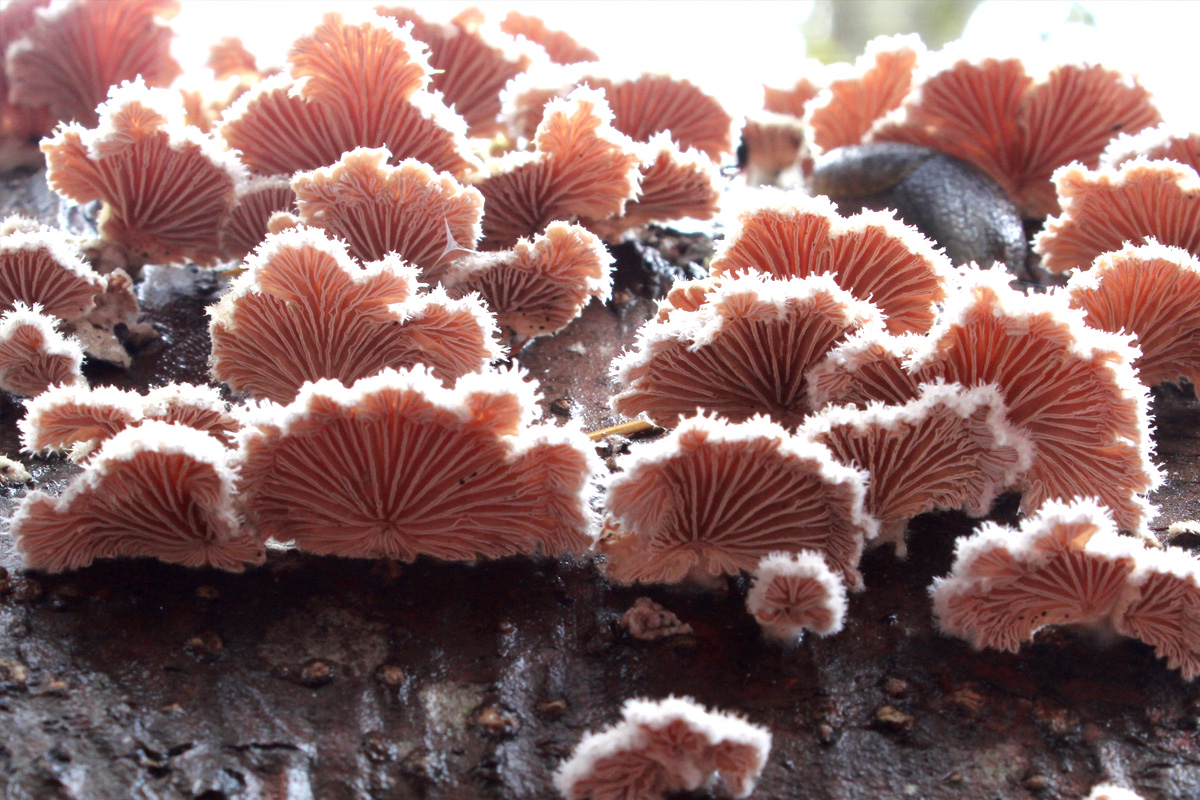
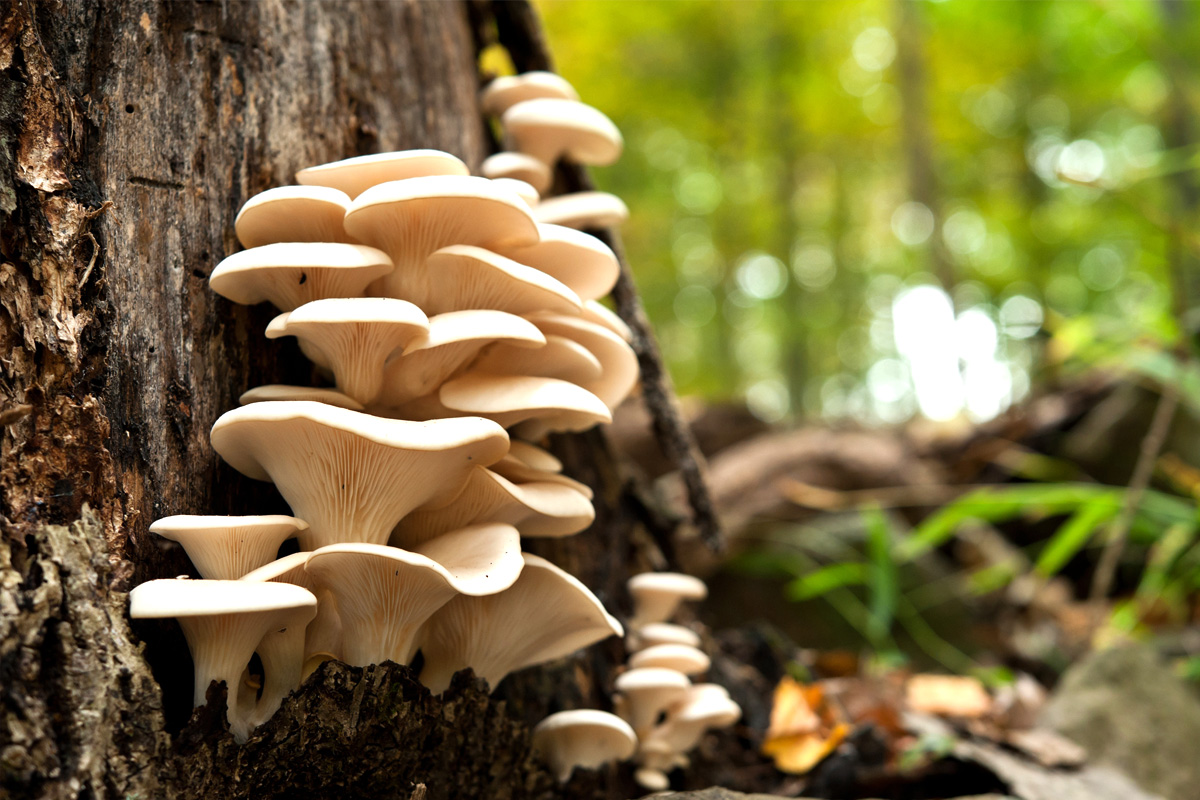
Oyster Mushroom (Pleurotus Ostreatus)
You might have seen Pleurotus ostreatus growing on the base of old trees in shelf-like clusters;
And you’ll find they are relatively large in size; its whitish gills that run down a stubby, almost non-existent stem, with a spore print that is hued either white, lilac or some color in between. It appears between October and early April across North America, and features a brown cap. It is often mistaken for a number of very similar species that are closely related, such as Pleurotus pulmonarius – a paler approximation that appears between late April and September – and Pleurotus populinus, found exclusively attached to quaking aspen.
Pleurotus ostreatus is a particularly carnivorous fungus that uses a calcium-dependent toxin that paralyzes nematodes within minutes of contact, causing necrosis that facilitates ingestion as a protein-rich food source. In other words, it converts the host tree into antioxidants, vitamins, and minerals to keep your body healthy and defend against disease. The beta-glucans in oyster mushrooms make them one of the best foods on the planet for protecting your immune system against short and long-term illnesses.
True Tinder Polypore (Fomes Fomentarius)
Fomes fomentarius is a species of fungal plant pathogen found in Europe, Asia, Africa and North America. Immediately identifiable by its large polypore fruit bodies shaped like a horse’s hoof and can come in silver, gray or even black, though they are normally brown. It is thus often called hoof fungus, but also tinder fungus,, tinder conk, tinder polypore and (appropriately) ice man fungus, Fomes fomentarius infiltrates the broken bark of hardwood trees and feeds, growing in size – up to 20 cm deep – as it causes white rot, causing the tree to become soft and spongy until it expires.

Additional Ingredients

Shilajit
Shilajit is a mineral rich resin or exudate from high mountain rocks. The best of which, where we solely source ours, comes from the Himalayas above 8,000 ft in elevation. We only single source our product from above 8,000 ft because anything below that will have trace heavy metals and is of lower quality. Shilajit is formed by centuries of decomposing plant material and minerals. It is high in fulvic acid, trace minerals, amino acids and dibenzo alpha pyrones. Traditionally referred to as “the destroyer of weakness,” shilajit has been used in ayurvedic medicine for many years, to increase physical strength and to promote human health. Shilajit has antioxidant and memory boosting properties, as well as anti-inflammatory, energy boosting, and diuretic properties.
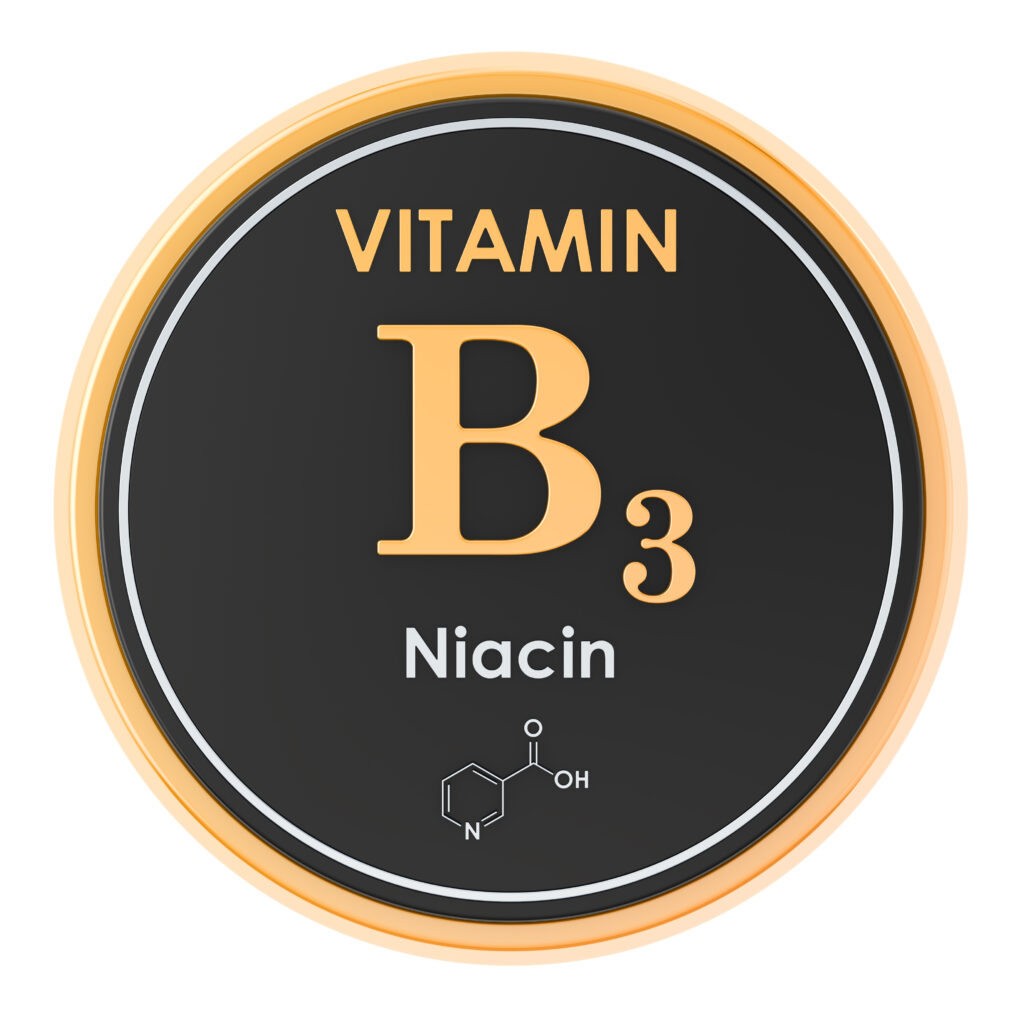
No-Flush Niacin
Niacin is a B3 vitamin supplement that helps move blood to the extremities of the brain which is its claim to fame according to Paul Stamets original microdosing stack. It is said this allows the other medicinals to fully reach all corners of the brain improving their effectiveness. Niacin is our only non-organic certified ingredient. Please check our resources page for more info about Paul Stametes original stack and his stance on the use of niacin.

